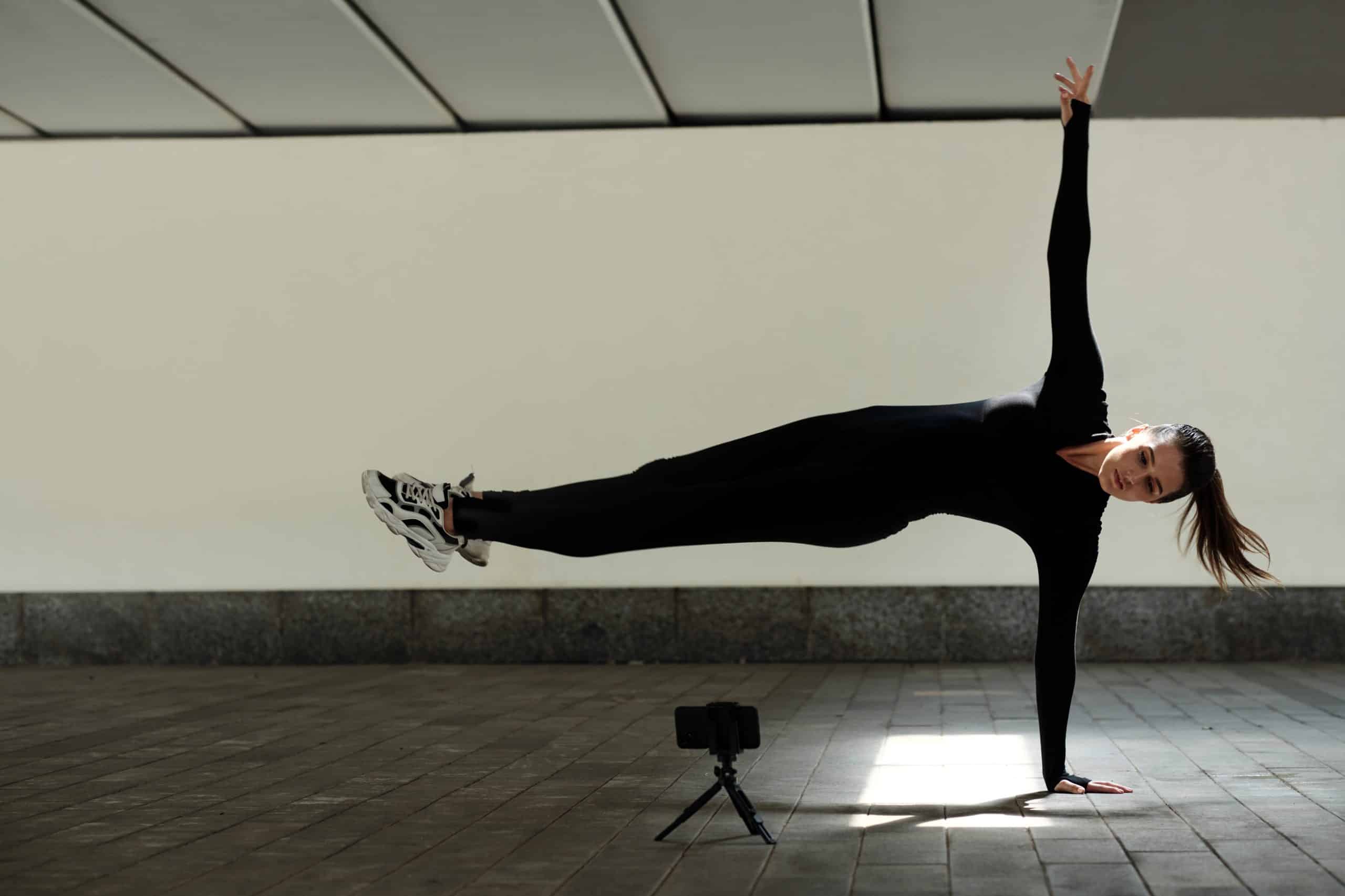Can a Performance Alignment Improve Lap Times in a Caterham Seven?

As car enthusiasts, we all know the thrill of driving a high-performance car like the Caterham Seven. You might have even wondered at some point, "Can a performance alignment improve lap times in a Caterham Seven?" To answer this question, we need to delve deep into the dynamics of alignment settings and their effect on the track performance of a car.
This comprehensive guide will explain how different alignment settings can impact your car’s performance. We’ll also unpack how to adjust your car’s alignment for optimal performance, especially focusing on the Caterham Seven. Don’t worry if you’re not a professional mechanic or a racing driver, we’ll aim to make every aspect clear and relatable.
A lire aussi : How to Choose the Right Aftermarket Performance Radiator for a Honda Type R?
The Role of Performance Alignment in Track Times
Before we get into the nitty-gritty, let’s briefly explain what performance alignment is. It refers to the adjustments made to your car’s suspension. This influences how the tires make contact with the road and can drastically affect the car’s handling.
In a car like the Caterham Seven, the alignment can make a significant difference in lap times. For instance, adjusting camber (the angle of the wheels when viewed from the front) can change how the car handles corners. A good alignment can increase grip, enhance steering response, and ultimately, improve lap times.
A découvrir également : Can You Upgrade the Factory Sound System in a Volvo V40 Without Changing the Head Unit?
An improperly aligned car will not perform to its full potential. The tires won’t have consistent contact with the road, leading to less grip and more tire wear. Think of it as trying to run in misaligned shoes – it’s possible, but it’s far from optimal.
Front Alignment: Camber, Caster and Toe
Let’s start with the front alignment. The three main factors to consider here are camber, caster, and toe.
Camber is the angle of the wheel when viewed from the front. Negative camber, where the top of the wheel leans inward, can increase cornering performance. It allows the wheels to generate more grip, especially during tight turns. However, too much negative camber can lead to excessive tire wear and decreased straight-line stability.
Caster is the angle of the steering pivot when viewed from the side. More positive caster can improve high-speed stability and cornering. However, it makes the steering heavier, which can tire the driver on a long track day.
Toe is the direction the tires point when viewed from above. Toe-in (tires pointing towards each other) can increase stability, while toe-out (tires pointing away from each other) can improve turn-in response. However, incorrect toe settings can decrease tire life and increase fuel consumption.
Rear Alignment: Camber and Toe
The rear alignment is just as important as the front. The rear wheels guide the front and can play a pivotal role in how the car behaves on the track.
The camber setting in the rear wheels also contributes to the car’s overall performance. A slight negative camber angle can improve cornering performance and stability, just like in the front. However, too much can lead to poor traction and excessive tire wear.
The toe settings for the rear wheels affect the car’s straight-line stability and cornering response. A little toe-in provides a good balance between stability and responsiveness. However, too much could cause the car to oversteer, where the rear of the car swings out in corners.
Optimizing Brake Performance
An optimized brake system is critical to the performance of your car on the track. A combination of good quality brake fluid, performance brake pads, and well-maintained brake lines can ensure that your braking is effective and reliable.
Brake fluid is an essential component that transmits the force of your foot on the pedal to the brake calipers. Good quality, high-performance brake fluid can resist heat better and provide a consistent pedal feel.
Performance brake pads can withstand high temperatures without losing effectiveness. They’re designed to give you optimal braking performance and pedal feel.
Maintaining your brake lines is also important. A damaged or corroded brake line can lead to a soft pedal and decreased braking performance.
Tire Selection and Pressure
Finally, your choice of tires and their pressures also play a big role in improving your lap times.
Choosing a good quality performance tire can go a long way. These tires are designed to provide optimal grip and responsiveness. Remember, the tires are the only part of the car that makes direct contact with the track.
Tire pressure is another factor that needs careful attention. The right tire pressure will provide a good balance between grip and tire life. Too much pressure and you lose grip; too little and you risk damaging the tire.
In conclusion, a performance alignment can indeed improve lap times in a Caterham Seven. Understanding and adjusting different alignment settings can optimize the performance of your car on the track. Along with performance alignment, optimal brake performance, and appropriate tire selection and pressure, you can maximize your Caterham’s track potential.
The Criticality of Tire Wear on Performance
An often overlooked aspect when pondering the question, "Can a performance alignment improve lap times in a Caterham Seven?" is tire wear. The importance of uniform tire wear is not to be underestimated. When your Caterham Seven’s alignment is spot-on, you’ll notice the tires wear evenly across the entire tread. This uniform tire wear is an indication that the tires are making full and consistent contact with the road surface.
If the alignment is off, however, the tires will wear unevenly. This can lead to decreased grip, increased tire noise, and a shorter lifespan for the tires. When the tires wear unevenly, you may experience a decline in the control and handling of your sports car, which can negatively impact your lap times.
Imagine trying to run a race in worn-out shoes with uneven soles. You’d probably struggle to maintain your balance and your pace would likely be slower. That’s the equivalent of racing a Caterham Seven with uneven tire wear.
Understandably, negative camber can contribute to uneven tire wear, particularly if it’s too extreme. That’s why it’s crucial to strike a balance. You want just enough negative camber to optimize your cornering performance, without causing unnecessary tire wear.
The Role of Suspension Adjustment in Performance Enhancement
The suspension system plays an integral role in your Caterham Seven’s performance. The suspension system is what connects your car to its wheels. It’s responsible for providing a smooth ride by absorbing road shocks and maintaining tire contact with the road.
When the suspension system is properly aligned, it can significantly improve the handling of your race car. The car will be more stable when cornering, braking, or accelerating. Additionally, a well-adjusted suspension can enhance the grip of your tires, which can result in faster lap times.
The suspension adjustment isn’t a one-size-fits-all scenario. It’s important to customize the suspension settings based on several factors. These include the weight of the car, the type of track, the weather conditions, the driver’s style, and the condition of the tires.
In essence, a properly adjusted suspension can not only make your Caterham Seven faster on the track but also safer to drive.
Conclusion: Unveiling the Answer
In light of the detailed exploration, it’s evident that a performance alignment can indeed improve lap times in a Caterham Seven. The car’s alignment directly affects how the tires interact with the road. A good alignment ensures optimum contact between the tires and the road, leading to improved grip and better handling.
Furthermore, the role of the suspension system and the prevention of uneven tire wear significantly contribute to the performance of the Caterham Seven. Proper suspension adjustment coupled with uniform tire wear can enhance the handling, safety, and ultimately, the lap times of your sports car.
Therefore, whether you’re a professional racer or a sports car enthusiast, understanding and fine-tuning your Caterham Seven’s performance alignment can maximize your joy of driving and improve your lap times on the track. Remember, the key lies in finding the right balance in all adjustments to make sure your car is performing at its absolute best. So, enjoy the ride and take your Caterham Seven to the next level!
